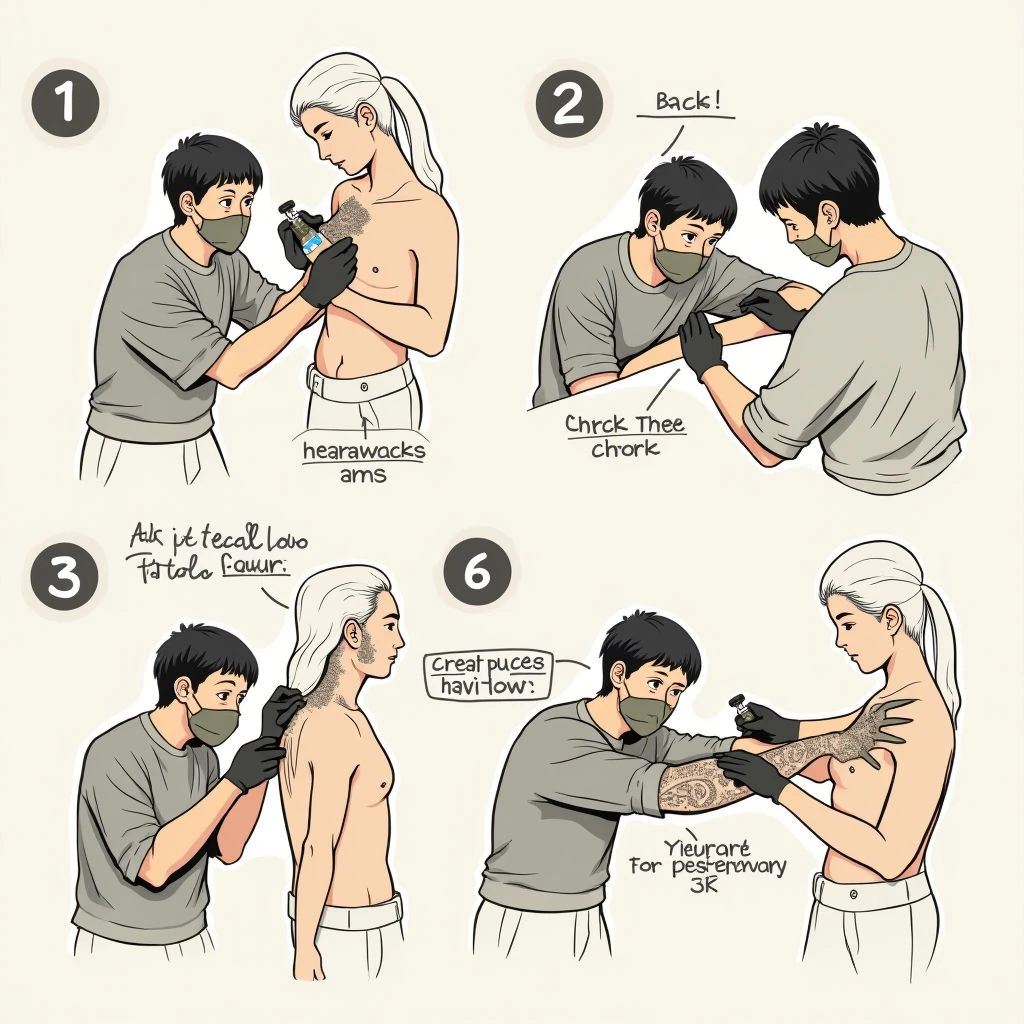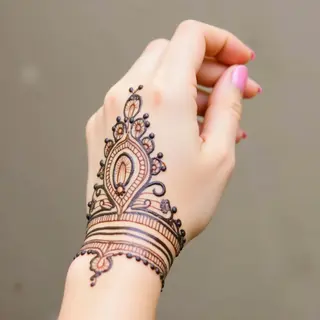Understanding Tattoo Stencils: A Comprehensive Guide
Introduction
Creating a lasting tattoo begins with accurate placement – and that's where tattoo stencils come in. These invaluable tools allow artists to transfer intricate designs onto skin with precision, ensuring the final piece aligns perfectly with their vision. However, mastering stencil application requires understanding materials, techniques, and potential pitfalls.
What are Tattoo Stencils?
Tattoo stencils are typically made from temporary decal paper designed to adhere briefly to the skin, transferring a design using pigmented ink. They come in various forms—pre-made designs or custom creations generated by printers.
Materials Matter
The stencil material significantly impacts the transfer quality and longevity. Common options include:
-
DeCal Paper: Most popular, offering good detail and adhesion.
-
Specialized Tattoo Stencil Film: Designed for durability and minimal bleeding.
The Application Process
-
Preparation is Key
Cleanse the skin thoroughly with antibacterial soap to remove oils and debris. Shave the area if necessary.
-
Stencil Placement
Position the stencil carefully, ensuring alignment with any desired landmarks or reference points. Use stretch wrap for optimal results.
-
Securing the Stencil
Apply a thin layer of isopropyl alcohol (70%) to the skin under the stencil and gently rub. This helps the ink adhere properly.
-
Ink Application
Use a specialized tattoo transfer stick or sponge to evenly distribute pigmented stencil ink over the entire design.
-
Peeling & Care
Gently peel the stencil away from the skin, pulling at a low angle. Avoid smudging!
Troubleshooting Common Issues
Bleeding: Caused by excess moisture or low-quality stencil material. Try using less alcohol or switching to specialized tattoo film.
Poor Transfer: Ensure adequate ink application and proper skin preparation.
Smudging: Work in a clean environment and avoid touching the transferred design.


